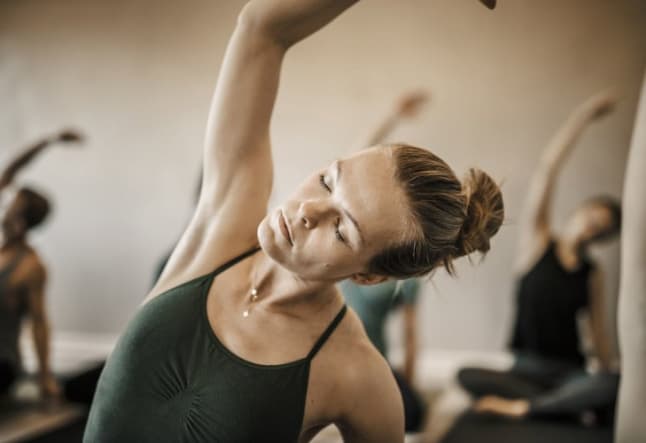vagus nerve stimulation in yoga

the nervous system & the vagus nerve
Vagus nerve stimulation in yoga | Prana is the Sanskrit word for “life force.” In other words, its our breath. The universal life force that is responsible for our body’s life, temperature and maintenance. Our breath, our prana, is what keeps each and every one of us in our physical bodies alive.
The Power of Prana
According to Patanjali, the great sage and author of the Yoga Sutras, the practice of the 4th limb, Pranayama (breathing), helps to regulate and purify the body’s vital prana energy.
It is also believed that when your prana becomes unbalanced, your body is more susceptible to illness, disease, and fatigue in your mind, body, and spirit. The amazing part of this is that modern research is proving this ancient knowledge to be true!
How to use breath to balance our prana and stimulate our relaxation centers
Have you ever noticed how your breath is linked to every emotion you experience?
When you are angry, you might find that your breathing becomes short and rapid. When you are startled, you gasp for air and may find it hard to regain your full breath. If you become excited, you’ll find most of the time your breath is deeper and more rapid.
What we often refer to as ‘fight or flight’ is a survival mechanism that is controlled by our Central Nervous System (CNS) which enables us to utilize a lot of energy under stressful situations to survive.
This can come in two different forms; flight is when we run to escape the danger; fight is when we are prepared physically protect our body.
The nervous system increases and stimulates the production of the hormone cortisol, which is the key component in flight or fight.
If our bodies are under constant stress without proper care and/or coping skills, we weaken our immune systems, therefore becoming ill more often, developing chronic disease(s) in the body.
We become unbalanced as Patanjali told us, due to the excess amounts of cortisol in the body.
Prana and the Vagus Nerve
In current research performed by the Department of Neuroscience, Roehampton University in London, UK has found that the vagus nerve located in our brain is stimulated and enhanced by the practice of Deerga Swasam, or ‘3 Part Breath.’
The vagus nerve controls the Parasympathetic Nervous System (PNS), which is responsible for reducing anxiety, lowering levels of cortisol production, lowering blood pressure and reducing our heart rate.
If our central nervous system controls ‘fight or flight,’ our parasympathetic nervous system is responsible for ‘rest and digest.’
How can you use 3 part breath to help chill and relax?
The 3 Part Breath involves sequentially breathing into three parts of the lungs: The chest, ribs, and abdomen.
Here’s how:
- Find a comfortable position where your spine is straight and your abdomen is not compressed. Easy Seat or Savasana (lying flat on the floor) are great options.
- Close your eyes and breath naturally, allowing yourself to relax.
- Place one hand on your heart, the other on your belly, and start to feel your physical breath moving up and down.
- Now start to bring more awareness to the breath by slowly deepening it.
- On your inhalation, slowly fill your chest first, feeling it rise, then your ribs, followed by your abdomen. On your exhalation, abdomen empties, then ribs, followed by chest. Try to match the length of your inhales to your exhales.
You’ll find as you practice this breathing, you’ll create a wave like movement with your front body. If you are new to pranayama, try this for 4-5 seconds per inhalation and exhalation and build from there.
By practicing the 3 Part Breath you’ll be not only stimulating your vagus nerve, but also encouraging the neuropathways to your relaxation center.
Observe yourself over time and see if situations that caused you great stress before have the same stressful impact.
Vagus Nerve Stimulation in Yoga – To depart
The more you can practice stimulating the parasympathetic nervous system in times of stress, the more balanced your prana will be.
